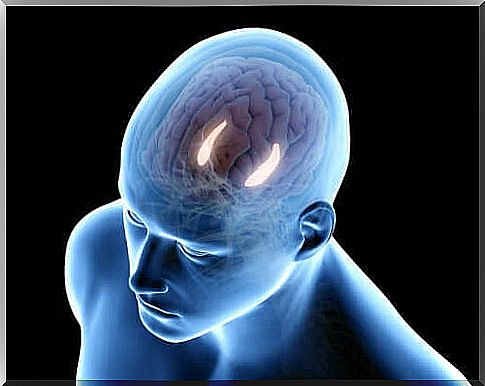What Is Declarative Memory?

For theoretical purposes, memory is divided into non-declarative or procedural memory, related to skill learning, and declarative memory.
In non-declarative memory we store procedures such as driving, riding a bicycle or doing the most routine tasks on the computer.
On the other hand, declarative memory, also called explicit memory, is the one that stores our memories that can be consciously evoked.
She, in turn, splits in two. Within declarative memory we have episodic memory and also semantic memory.
episodic declarative memory
Episodic memory stores memories related to personal events. Thus, it is responsible for remembering a pleasant trip or the afternoons during childhood when we played with friends in the park. It allows us to relate our memories.
This information is located in time and space as the force of the context surrounding the memory is very strong. In addition, it is also important to highlight that the memory reference is the person himself.
So often the trigger that makes a memory return to our awareness is circumstances, such as when or where something happened.

Due to this strong temporal connection, episodic memory is more susceptible to noise and interference. This is why distortions in the details of autobiographical memories often occur, for example, causing confusion between places or time.
This happens mainly when someone asks for details about an event, as is the case with testimonies in trials.
In this case, the expectations that the other person has in relation to our speech, the possible influence of questions or the our desire to please the other person can cause changes in memory.
Brain structures involved
The medial temporal lobe, where the hippocampus is located, is involved in creating new episodic memories.
The prefrontal cortex seems to have a great importance when it comes to encoding memories spatially and temporally. That is, it helps to remember where and when an experience happened, helping to organize memories better.
episodic memory disorders
The main disorder that affects episodic memory is Alzheimer’s disease. Amnesia in relation to memories appears in the early stages of the disease, as the hippocampus is one of the first structures affected.
Episodic memory failure is also common in amnesia due to shellfish poisoning, which can even cause irreversible damage. The same can be said for Korsakoff Syndrome.
Stress and the use of drugs such as ecstasy or MDMA are also linked to a significant impairment of this type of memory.
Semantic declarative memory
This type of memory contains information about knowledge, language and facts in the world.
Acting as an encyclopedia or a dictionary, this is the memory that allows you to know, for example, what a banana is and what a fruit is, and also to know what the relationship between these two things is.
This type of knowledge has a generic and decontextualized character, although it can often be linked to an episodic memory, and this can even facilitate memory retrieval.
For example, you may know that Copacabana beach is in Rio de Janeiro because you went there on vacation.
Brain structures involved
There are authors who argue that semantic memory is based on the same brain structures as episodic memory. However, there are studies that do not find a relationship between the hippocampus and semantic memory, but find it with episodic memory.
Other authors relate this memory to the temporal neocortex, and still others indicate that there are several structures that are involved in terms of the knowledge that one wishes to retrieve.
For example, knowledge related to the sound of a piece of glass falling and breaking would be related to the auditory cortex. Remembering what color a cow is would activate the visual cortex. Furthermore, the bilateral temporal lobe is related to the integration of all semantic information.

Semantic memory disorders
Semantic dementia is a neurodegenerative disorder that affects the temporal lobe. In it, both the ability to name objects and access to their meaning can be affected.
Those who suffer from this disease will have their ability to categorize concepts in a detailed way gradually compromised. The ability to use familiar words or recognize objects visually, for example, will be affected.
In addition, Alzheimer’s disease often causes impairment of specific categories, as patients fail to name or describe some objects in more advanced stages of the disease.









